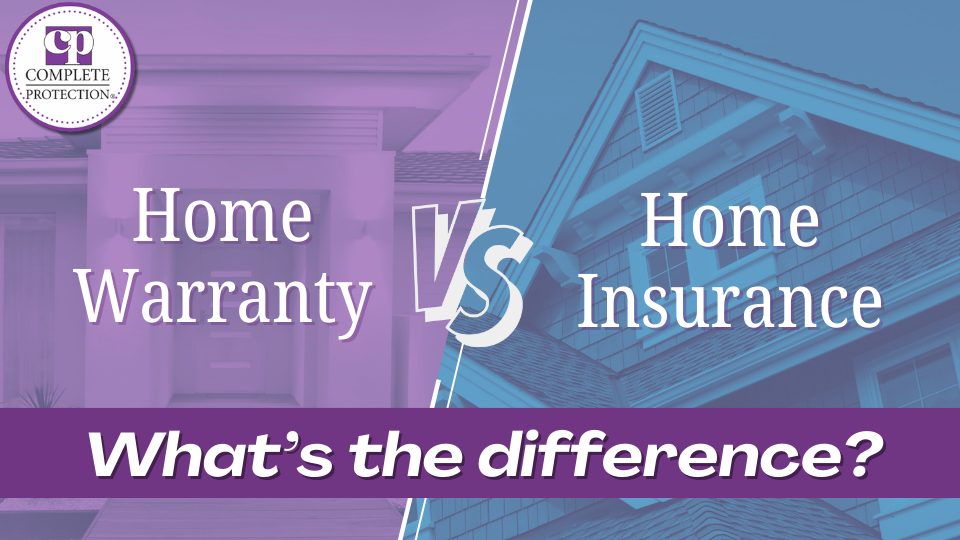Understanding the Difference Between Home Warranty and Homeowners Insurance

When it comes to protecting your home, understanding the difference between a home warranty and homeowners insurance is crucial. While both provide valuable coverage, they serve distinct purposes and offer different types of protection. Here’s a comprehensive guide to help you understand the key differences between a home warranty and homeowners insurance.
What is a Home Warranty?
A home warranty is a service contract that covers the repair or replacement of major home systems and appliances that break down due to normal wear and tear. It is designed to provide peace of mind to homeowners by covering the costs of fixing or replacing covered items.
Key Features of a Home Warranty:
- Coverage: Typically includes major systems such as HVAC, plumbing, electrical, and appliances like refrigerators, ovens, and dishwashers.
- Cost: Involves an annual or monthly premium and a service call fee each time a repair technician is dispatched.
- Purpose: To protect against the costs of repairing or replacing home systems and appliances that fail due to normal use.
- Claims Process: Homeowners contact the warranty provider when a covered item breaks down. The provider arranges for a qualified technician to assess and fix the problem.
What is Homeowners Insurance?
Homeowners insurance, on the other hand, is a policy that provides financial protection against loss or damage to your home and personal belongings due to events such as fire, theft, vandalism, and certain natural disasters. It also offers liability coverage in case someone is injured on your property.
Key Features of Homeowners Insurance:
- Coverage: Protects the physical structure of your home, personal belongings, and liability for injuries or damage to others. It may also cover additional living expenses if your home becomes uninhabitable.
- Cost: Involves an annual premium based on factors such as the value of your home, location, coverage amount, and deductible.
- Purpose: To provide financial protection against significant losses or damages caused by unexpected events.
- Claims Process: Homeowners file a claim with their insurance company after experiencing a covered event. The insurer assesses the damage and determines the payout based on the policy terms.
Key Differences Between Home Warranty and Homeowners Insurance
1. Type of Coverage
- Home Warranty: Covers repair or replacement of home systems and appliances due to normal wear and tear. Examples include a broken dishwasher, malfunctioning HVAC system, or faulty plumbing.
- Homeowners Insurance: Covers damage or loss due to specific perils such as fire, theft, or natural disasters. It also provides liability coverage if someone is injured on your property. Examples include repairing fire damage, replacing stolen items, or covering medical expenses for an injured guest.
2. Cost Structure
- Home Warranty: Requires an annual or monthly premium, plus a service call fee for each repair visit. The cost varies based on the level of coverage and the provider.
- Homeowners Insurance: Requires an annual premium, and homeowners may need to pay a deductible before the insurance coverage kicks in for a claim. The premium amount depends on factors such as the home's value, location, and coverage limits.
3. Purpose and Scope
- Home Warranty: Aims to reduce out-of-pocket expenses for repairing or replacing home systems and appliances that fail due to everyday use. It offers convenience by handling the repair process through its network of technicians.
- Homeowners Insurance: Provides comprehensive protection against significant financial losses from unexpected and potentially catastrophic events. It covers not only the physical structure and contents of the home but also liability and additional living expenses.
4. Claims Process
- Home Warranty: When a covered item breaks down, the homeowner contacts the warranty provider, who arranges for a technician to diagnose and fix the issue. The homeowner pays the service call fee, and the warranty covers the repair or replacement costs.
- Homeowners Insurance: When a covered event occurs, the homeowner files a claim with their insurance company. An adjuster assesses the damage, and the insurance company provides a payout based on the policy terms. The homeowner pays the deductible, and the insurance covers the remaining costs.
Conclusion
While both a home warranty and homeowners insurance offer valuable protection, they serve different purposes and cover different types of risks. A home warranty is ideal for covering the costs of repairing or replacing home systems and appliances that break down due to normal wear and tear. In contrast, homeowners insurance provides financial protection against significant losses or damages caused by unexpected events such as fire, theft, or natural disasters.
Understanding these differences can help you make informed decisions about the types of coverage you need to protect your home and your finances. For comprehensive protection, many homeowners choose to have both a home warranty and homeowners insurance, ensuring they are covered for a wide range of potential issues.
